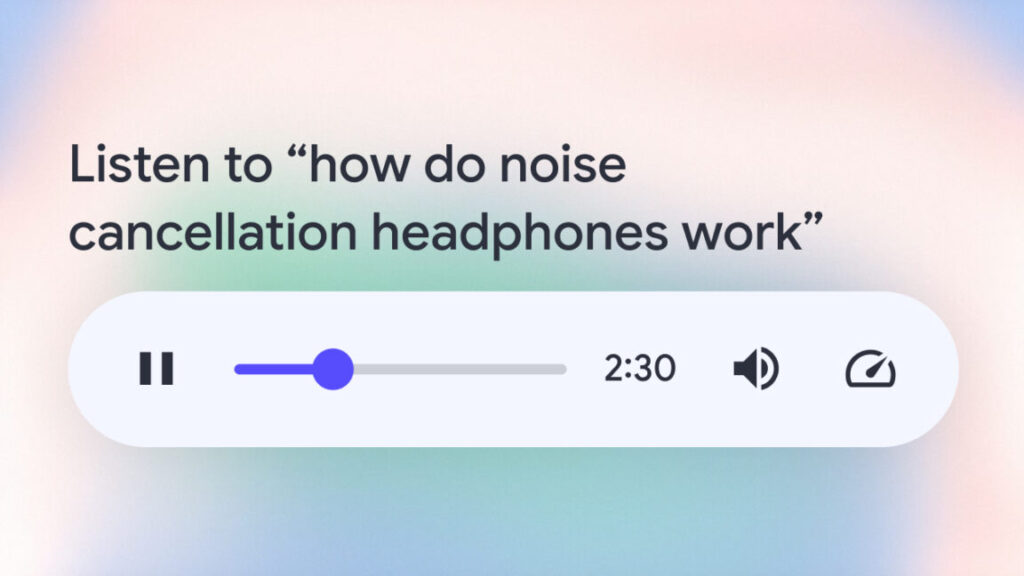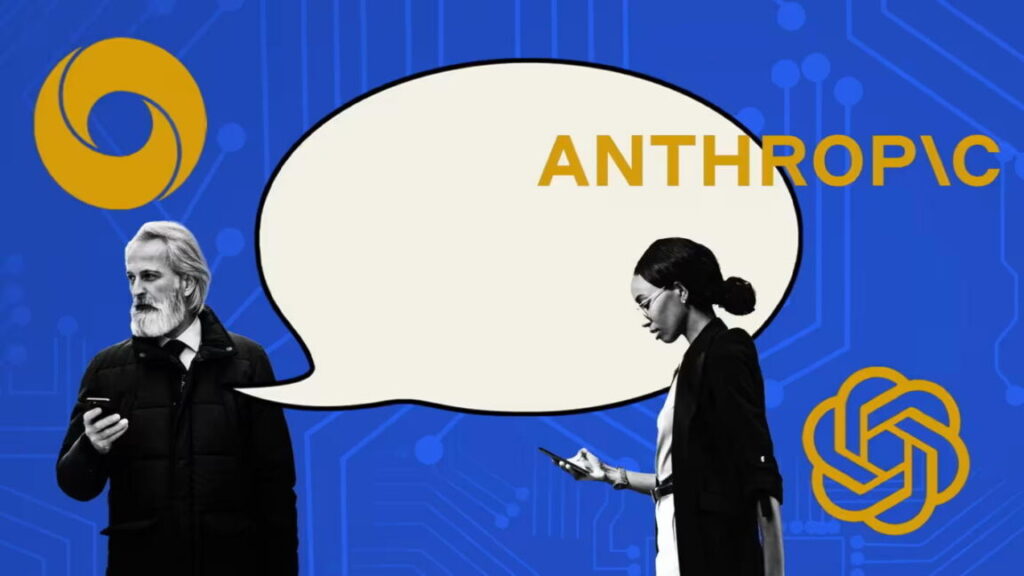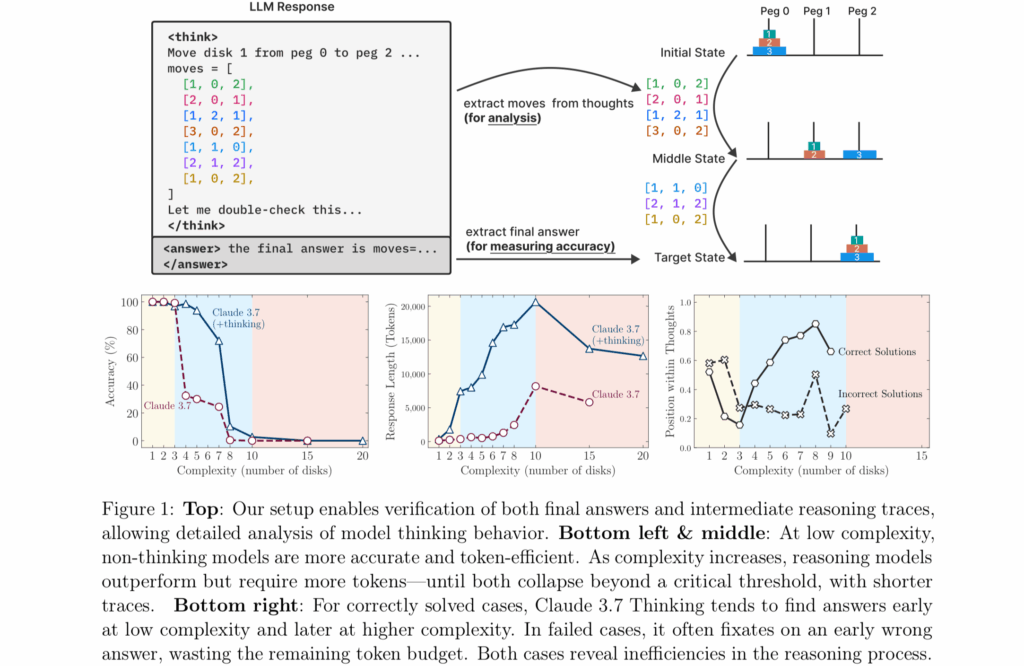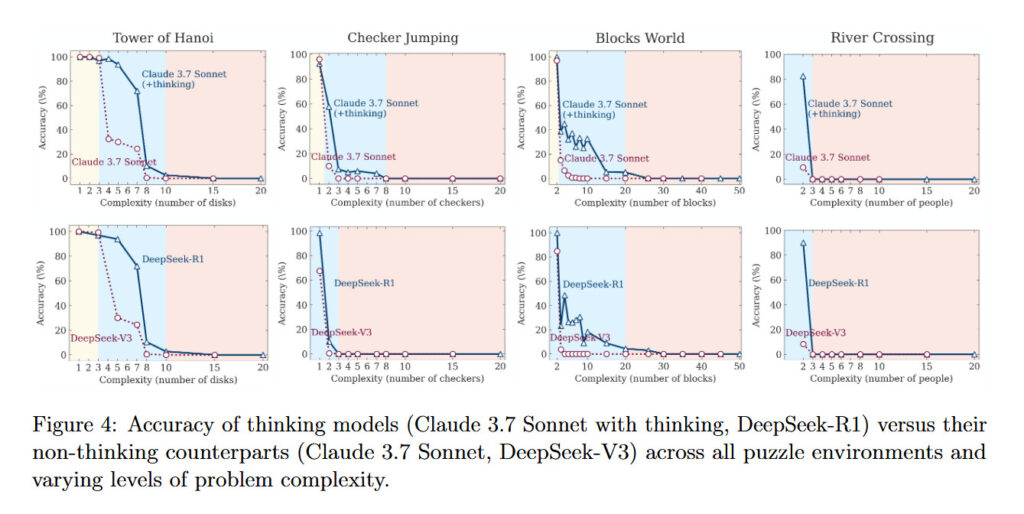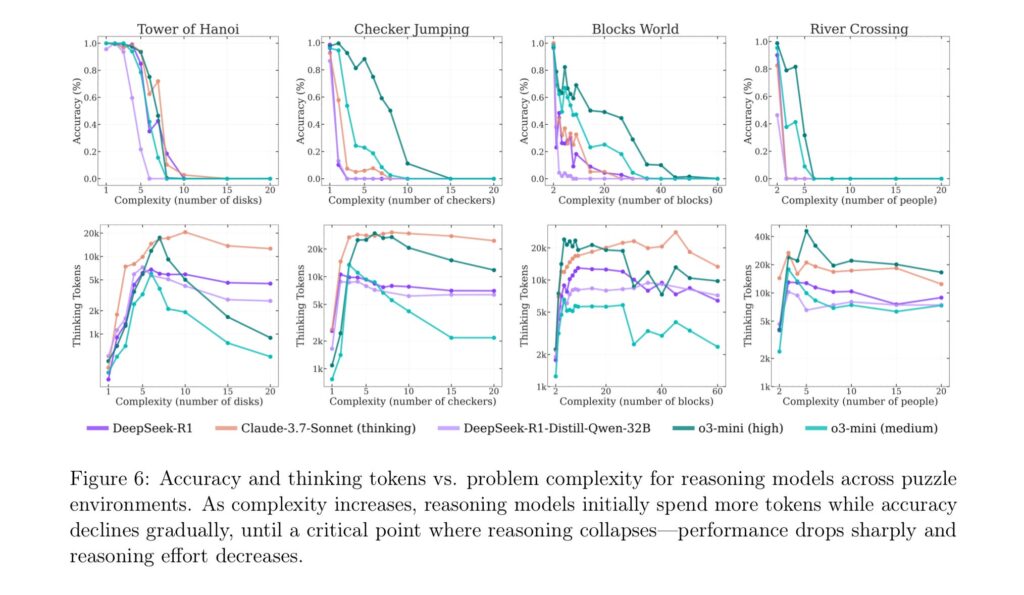Google’s frighteningly good Veo 3 AI videos to be integrated with YouTube Shorts
Even in the age of TikTok, YouTube viewership continues to climb. While Google’s iconic video streaming platform has traditionally pushed creators to produce longer videos that can accommodate more ads, the site’s Shorts format is growing fast. That growth may explode in the coming months, as YouTube CEO Neal Mohan has announced that the Google Veo 3 AI video generator will be integrated with YouTube Shorts later this summer.
According to Mohan, YouTube Shorts has seen a rise in popularity even compared to YouTube as a whole. The streaming platform is now the most watched source of video in the world, but Shorts specifically have seen a massive 186 percent increase in viewership over the past year. Mohan says Shorts now average 200 billion daily views.
YouTube has already equipped creators with a few AI tools, including Dream Screen, which can produce AI video backgrounds with a text prompt. Veo 3 support will be a significant upgrade, though. At the Cannes festival, Mohan revealed that the streaming site will begin offering integration with Google’s leading video model later this summer. “I believe these tools will open new creative lanes for everyone to explore,” said Mohan.
YouTube heavily promotes Shorts on the homepage. Credit: Google
This move will require a few tweaks to Veo 3 outputs, but it seems like a perfect match. As the name implies, YouTube Shorts is intended for short video content. The format initially launched with a 30-second ceiling, but that has since been increased to 60 seconds. Because of the astronomical cost of generative AI, each generated Veo clip is quite short, a mere eight seconds in the current version of the tool. Slap a few of those together, and you’ve got a YouTube Short.
Google’s frighteningly good Veo 3 AI videos to be integrated with YouTube Shorts Read More »




